Table of Contents
Have you ever wondered why your cat gets stuck in trees? Or did you know that purring doesn’t always show their happiness? Here are 18 captivating cat facts that will not only surprise you but also deepen your understanding of these mysterious creatures.
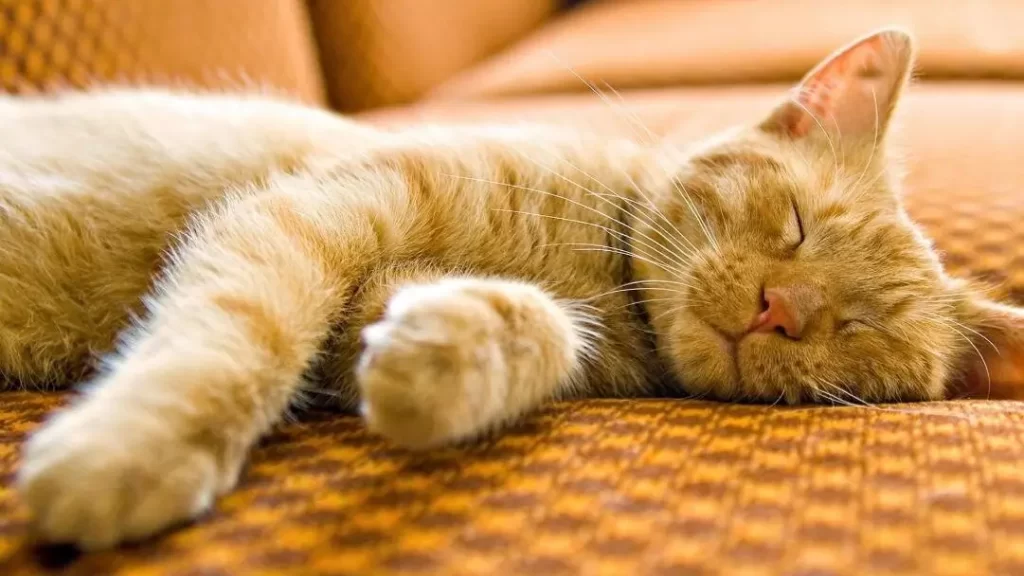
Cats Dream Just Like Us
Did you know that cats dream? Extensive research from the 1960s has revealed that when cats sleep, their brains produce the same dream-like patterns as ours. Interestingly, the duration of their dreams decreases with age, resulting in shorter dreams for adult cats compared to kittens.
Living the “Dream Life”
On average, cats spend two-thirds of their lives snoozing. Picture a nine-year-old cat, having been awake for only three years of its life. Truly, a cat’s life is a dreamy existence filled with ample catnaps. Definitely one of the cat facts that we all want to have in our lives.
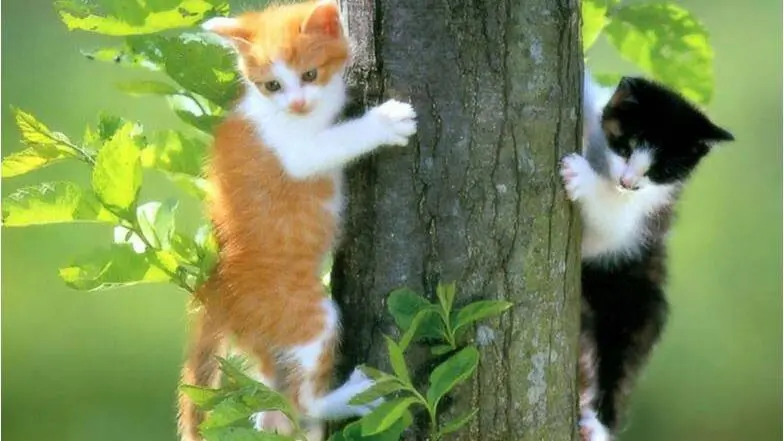
Climbing Conundrum
Have you ever wondered why do cats stuck in trees if they are that good at climbing? It’s because of their natural instincts and the shape of their claws. Cats prefer jumping down than climbing down if they can. But when they get to a point where they are not brave enough to jump down, they mostly get stuck. Because of the shape of their claws, they have a really good grip while climbing up, but that advantage turns around when they need to climb down. Even though they can climb down backward, their instincts tell them to go down headfirst but they know that they can’t. So, they get stuck.
Blink of Love
A slow blink from your cat is a sign of affection. When a cat looks at you and gradually closes one or both eyes, it’s their way of expressing profound love and trust.
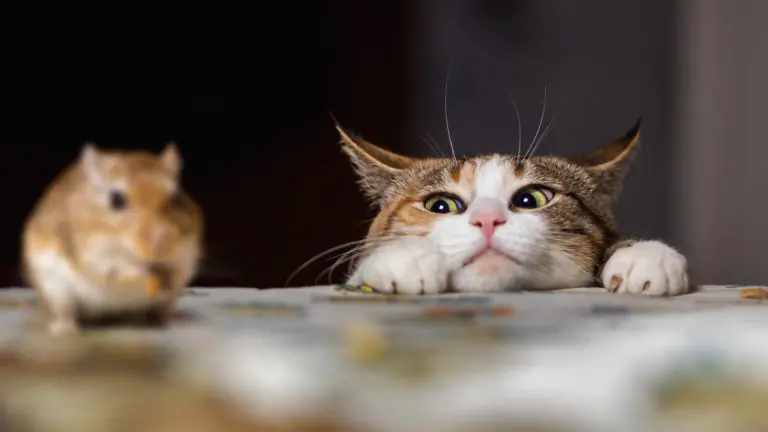
Your Cat Thinks You Are a Terrible Hunter
Have you ever questioned why your cat brings you dead animals? It turns out; they believe you’re a less-than-capable hunter and are attempting to assist you in procuring sustenance. A well-intentioned gesture, albeit a bit startling!
They Don’t Care About Tasty Things At All
One of the most unknown cat facts is that cats cannot taste sweet things. Lacking the necessary proteins, they are indifferent to candy and other sugary treats, making them unique among mammals.

They Can Be Much Smarter Than Dogs -If They Wanted To-
While cats may have a lower social IQ than dogs, they possess the ability to excel in solving complex mental problems, demonstrating intelligence when they choose to apply it.
They Have Both Long and Short-Term Memories
According to Dr. Brian Hare, cats possess both short-term and long-term memories, similar to humans. Their cognitive abilities go beyond the stereotypical image of a forgetful feline.
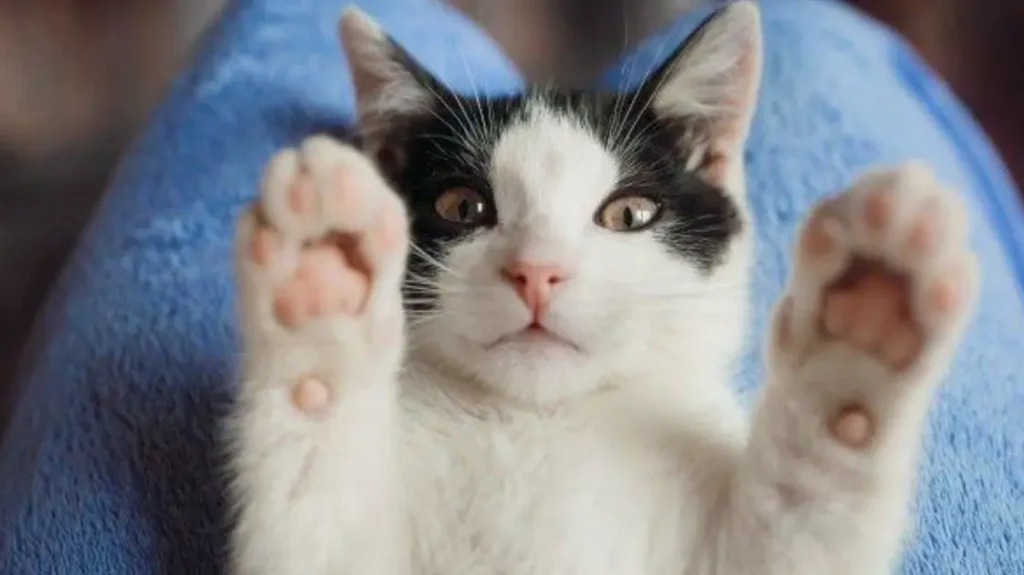
They Sweat Trough Their Paws
Cats sweat through their paw pads and between their toes. However, this minimal area for sweating means it doesn’t contribute significantly to cooling them down, creating a fascinating aspect of their physiological makeup. If you ever noticed your cat leaving wet paw prints on the ground in hot weather, that’s why it’s happening. They also sometimes lick themselves to cool down too.
They Can Be Right-Pawed or Left-Pawed
A lesser-known cat fact is that cats have a dominant paw, often influenced by gender. In research made in 2009, scientists found that female cats are mostly right-pawed, while male cats are mostly left-pawed.
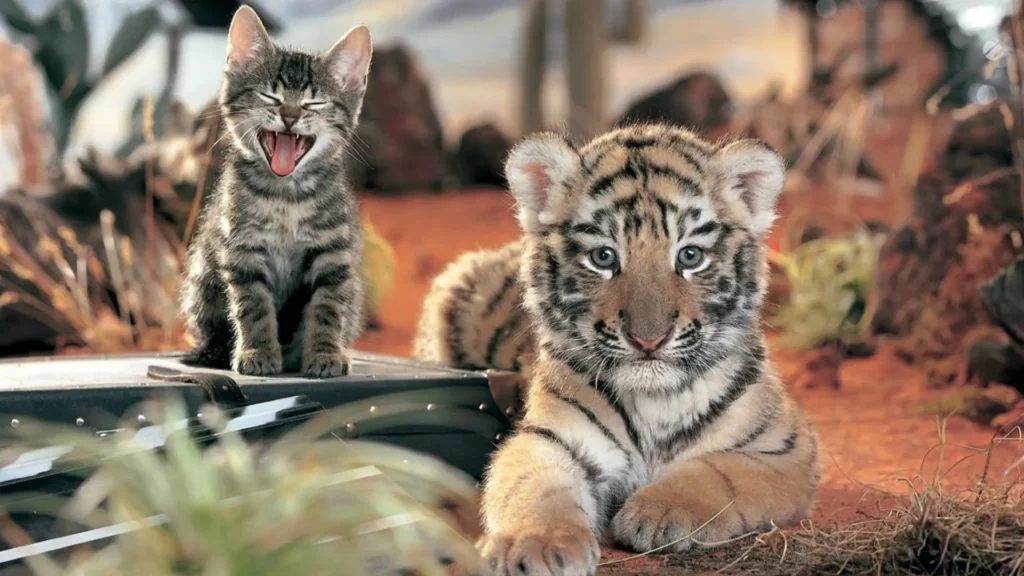
Cats Are 95% Tigers
Your adorable feline friend shares a staggering 95.6% of its DNA with tigers, emphasizing their close genetic ties to their wild ancestors. You heard it right. This research found that domestic cats share 95.6% of their DNA with Tigers.
They Walk Like Giraffes
Cats are the only animals other than giraffes and camels that step with their both right feet and then left feet. This unique gait allows them to navigate their surroundings quietly and leave fewer traces in the wild.
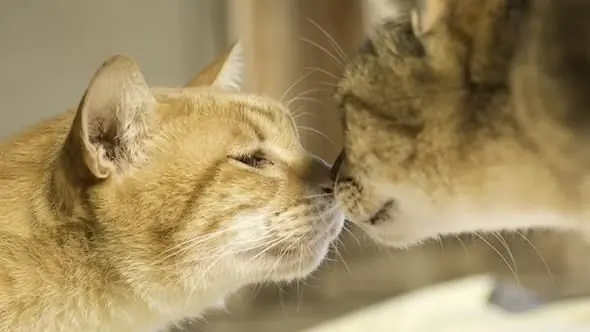
13. Nose-to-Nose Greetings
In a display of feline etiquette, cats greet each other by touching noses, mirroring the human handshake. This subtle interaction is an intriguing aspect of their social behavior.
Cats Are Not the Only Animal That Purrs
Contrary to common knowledge, cats are not the sole purring creatures. Lemurs, gorillas, squirrels, hyenas, and even elephants share this intriguing ability, expanding the scope of this unique communication method in the animal kingdom.
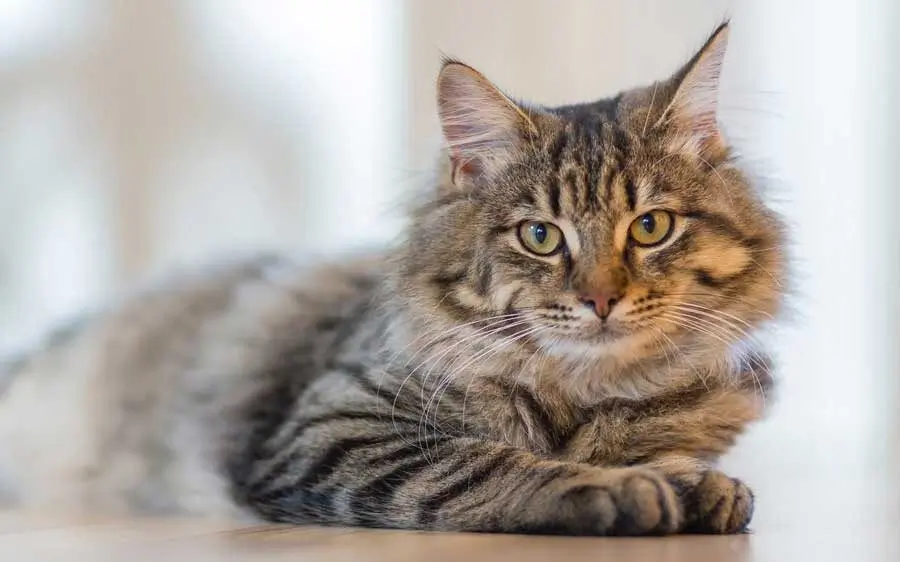
Their Vision is Not Perfect
Although cats boast superior vision, they do have a blind spot right in front of their noses. This quirk hinders their ability to see objects directly under their noses or chins, showcasing the complexity of their visual system.
Cats Can Be Tuna Addicted
While tuna may be a feline favorite, overindulgence can lead to addiction. Cats that are overfed with tuna will become addicted and refuse to eat anything other than their beloved tuna. highlighting the potential downsides of catering to their culinary preferences.
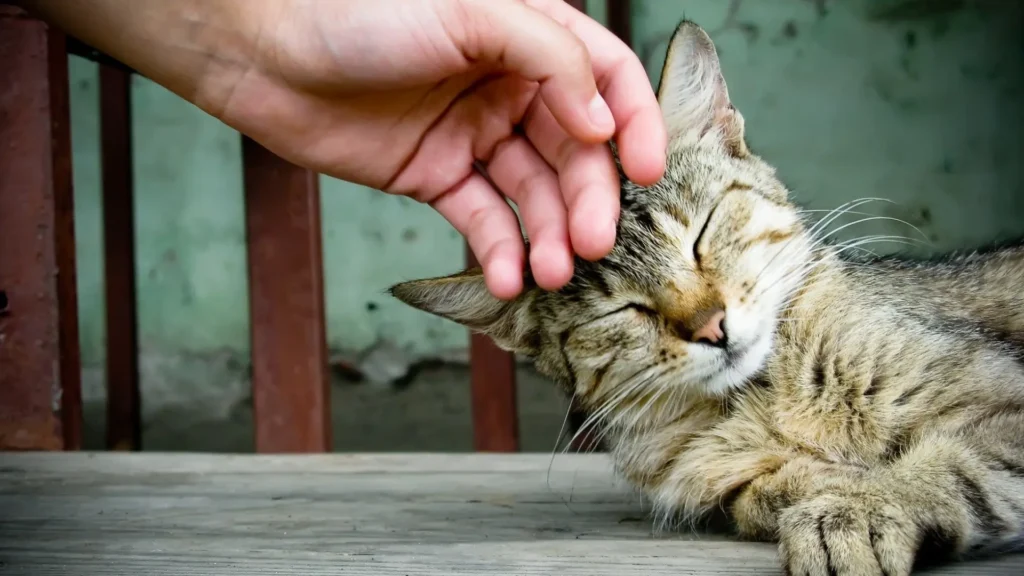
Purring Doesn’t Always Show Their Happiness
Most of us think that a cat’s purring is a sign of happiness but it’s not always like that. Cats can also purr when they are stressed and also most shockingly, to heal themselves. The purr of a domestic cat has a frequency of between 25 and 150 Hertz, which happens to be the frequency at which muscles and bones best grow and repair themselves. Scientists think that cats evolved their purr as a self-healing way.
They Know How Control You
When your cat is hungry or desires attention, their cuteness is no accident. Cats consciously manipulate their owners to fulfill their needs and wants. So yes, your cat is trying to manipulate you.
For more intriguing insights into the animal kingdom, explore our other categories like this one, cats: Birds and Dogs.
F.A.Q. about Cats
What are some facts about cats?
Explore fascinating facts about cats, from their dream patterns and sleeping habits to their unique climbing challenges and intelligence.
Why do cats purr?
Cats purr not only when they’re happy but also when stressed or as a self-healing mechanism. The frequency of a cat’s purr coincides with the optimal frequency for muscle and bone repair.
Are cats smarter than dogs?
While cats may have a lower social IQ than dogs, they can excel in solving complex mental problems when they choose to apply their intelligence.
Why do cats bring dead animals?
Cats bring dead animals as a gesture of providing for their owners, believing that humans are inept hunters and need assistance in finding food.



Thank you!!1
I really liked your site.
Thanks! I’m really glad that you’re enjoying the content <3
I always was interested in this topic and stock still am, thankyou for putting up.